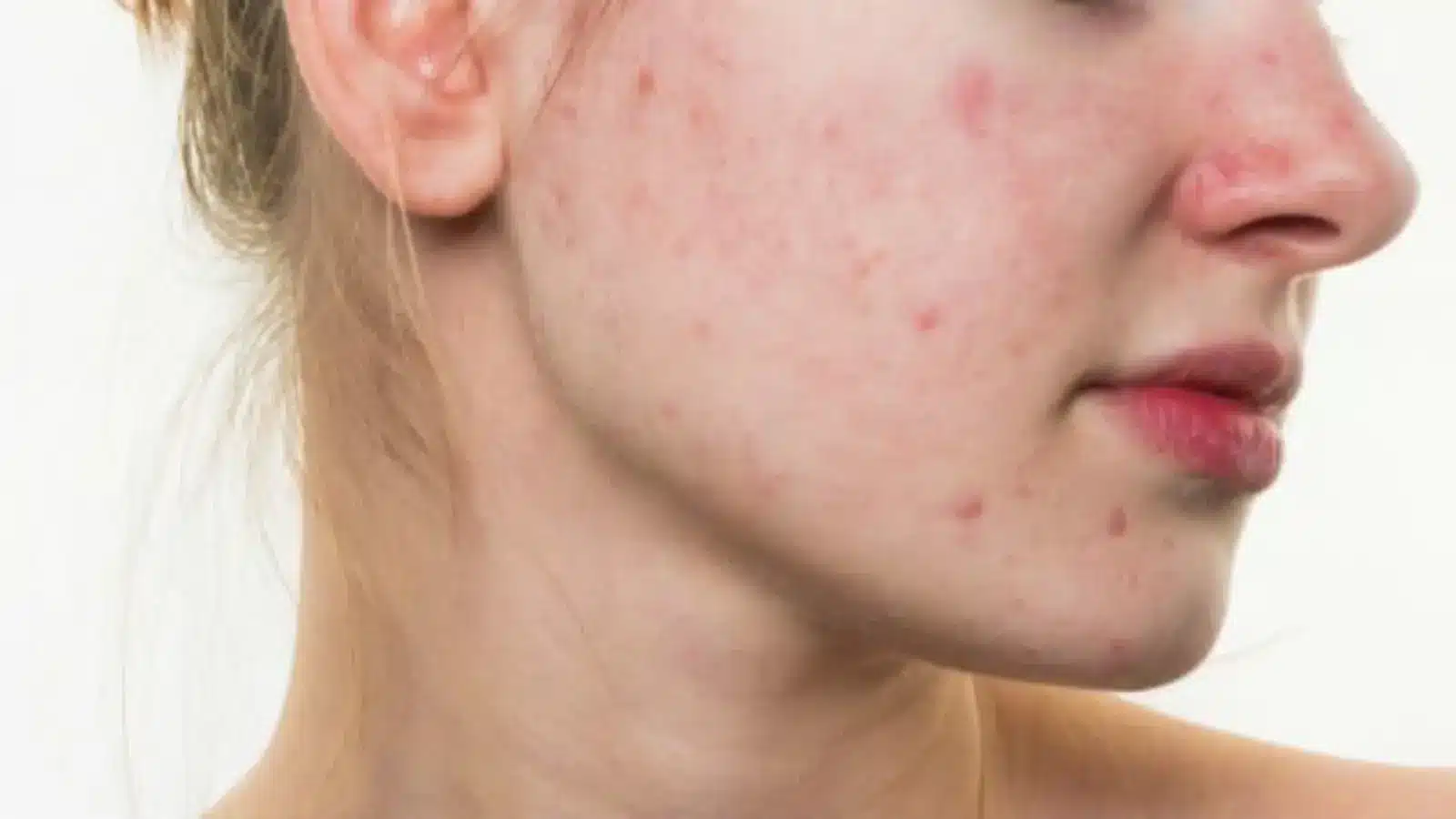
Dermal fillers are widely recognized for their safety and effectiveness in enhancing facial features and reducing signs of aging. Most dermal filler procedures result in successful outcomes with minimal side effects, underscoring their reputation as a safe, non-surgical option for facial rejuvenation. However, as with any cosmetic procedure, understanding potential side effects is crucial for informed decision-making.
Aliaxin fillers, known for their hyaluronic acid-based formulation, have gained popularity for delivering natural-looking results. While generally well-tolerated, it’s important to understand possible reactions, how they occur, and how they can be managed to ensure a safe treatment experience.
In this article, we’ll explore the potential Aliaxin side effects, management strategies, and tips for optimizing treatment outcomes.
Key Takeaways
- Aliaxin fillers are hyaluronic acid-based products designed for natural-looking facial rejuvenation.
- Common side effects include redness, swelling, bruising, and tenderness at the injection site.
- Rare risks such as lumps, infection, or allergic reactions may occur but are generally manageable.
- Proper injection techniques, patient preparation, and thorough aftercare can minimize complications.
- Practitioners should educate patients about realistic expectations and recovery timelines.
About: Doctor Medica is your trusted supplier of top-quality dermal fillers, viscosupplements, and more for your medical practice. We offer genuine products from leading brands at the lowest prices. Contact Doctor Medica today if you contact Doctor Medica today if you order Aliaxin online for your practice.
Common Side Effects of Aliaxin Filler

Like other dermal fillers, Aliaxin fillers are generally safe and effective, but some common side effects may occur as a natural response to the treatment. These side effects are normal and indicate the body’s natural healing process.
- Swelling and Redness: The most commonly reported side effects are mild swelling and redness around the injection site. These reactions typically subside within 24–48 hours.
- Bruising: Light bruising can occur due to the needle’s insertion. This is more likely in areas with delicate skin, such as the under-eye region.
- Tenderness: Minor tenderness or sensitivity at the injection points is common and usually resolves quickly without intervention.
- Itching or Discomfort: Some patients may experience mild itching or discomfort, particularly if they have sensitive skin.
Less Common Side Effects and Risks

While rare, less common side effects and risks may occur with Aliaxin fillers. These include:
- Lumps or Nodules: Small lumps may sometimes develop under the skin at the injection site. A healthcare professional can typically address and treat these.
- Infection: Like any injectable procedure, there is a potential risk of infection. Adhering to aftercare instructions is crucial to reducing this risk.
- Allergic Reactions: Although uncommon, allergic responses to the filler may occur. Symptoms such as itching, redness, or swelling that extend beyond the injection site require immediate medical attention.
Minimizing Risks and Side Effects

Minimizing the risks and side effects of Aliaxin fillers requires proper injection techniques, patient preparation, and diligent aftercare.
Qualified practitioners are critical in ensuring safe treatments by using correct Aliaxin injection points tailored to the patient’s facial anatomy. Precise placement reduces the risk of complications such as lumps or uneven results. It’s equally important for patients to undergo a thorough consultation where their medical history and specific needs are assessed. This preparation helps identify any contraindications or factors that might increase risks.
Following aftercare guidelines can significantly lower the chances of side effects after the procedure. Patients should avoid strenuous activities, direct sunlight, and extreme heat for at least 24–48 hours. Cold compresses can help alleviate minor swelling or bruising, ensuring a smoother recovery.
Managing Complications and Patient Expectations
Effectively managing complications and patient expectations with Aliaxin begins with clear communication and proactive care. Practitioners should educate patients on what to expect after treatment, including common side effects like swelling or redness, and reassure them about the typical recovery timeline. This helps patients distinguish between normal reactions and potential complications.
Practitioners should provide practical guidance for managing side effects, such as using cold compresses for swelling or recommending over-the-counter pain relievers if needed. If more serious issues like lumps, infection, or allergic reactions arise, patients should seek immediate medical attention to address the concern promptly and prevent escalation.
Patient education should also include setting realistic expectations about results. By explaining that optimal outcomes may take time and emphasizing the importance of follow-ups, practitioners can foster trust and satisfaction while ensuring patient safety.
Conclusion
Aliaxin fillers are a reliable choice for achieving natural facial enhancements with minimal downtime. While generally safe and effective, understanding potential side effects and their management ensures a smoother experience for patients and practitioners alike. With proper care, Aliaxin treatments can deliver long-lasting, satisfying results.
FAQs
1. What are some common side effects of Aliaxin?
Common side effects of Aliaxin can include temporary redness, swelling, or tenderness at the injection site.
2. How can patients minimize risks after receiving Aliaxin fillers?
Following aftercare instructions, such as avoiding direct sunlight, strenuous activities, and applying cold compresses, can help reduce risks.
3. Are lumps or nodules a cause for concern with Aliaxin fillers?
While rare, lumps can form at injection sites. They are typically manageable by a healthcare provider.
4. What should patients do if they experience severe reactions?
Patients should seek immediate medical attention if they experience persistent swelling, pain, or allergic symptoms.
References
FDA Executive Summary General Issues Panel Meeting on Dermal Fillers.; 2021. https://www.fda.gov/media/146870/download
Janovskiene A, Chomicius D, Afanasjevas D, Petronis Z, Razukevicius D, Jagelaviciene E. Safety and Potential Complications of Facial Wrinkle Correction with Dermal Fillers: A Systematic Literature Review. Medicina. 2024;61(1):25. doi:10.3390/medicina61010025
Hong GW, Hu H, Chang K, et al. Review of the Adverse Effects Associated with Dermal Filler Treatments: Part I Nodules, Granuloma, and Migration. Diagnostics. 2024;14(15):1640. doi:10.3390/diagnostics14151640
Related Articles
Joanna Carr
Juvederm Breastfeeding: Considerations for Nursing Mothers
Juvederm fillers are commonly used for various cosmetic purposes, but their safety profile for breastfeeding mothers is not well-established.
Joanna Carr
Dysport Bruising: Understanding and Managing Injection Side Effects
Dysport bruising is a common side effect of neurotoxin injections, caused by vessel trauma and bleeding during the injection process.
Joanna Carr
Juvederm vs Restylane for Nasolabial Folds
Interested in learning more about Juvederm vs Restylane For The Treatment Of Nasolabial Folds? Browse Doctor Medica's comprehensive archive of blog po...


